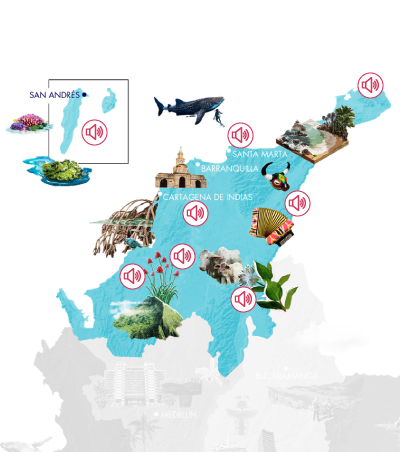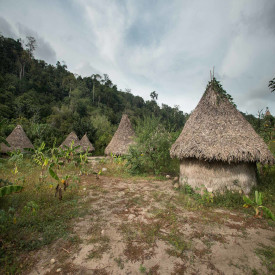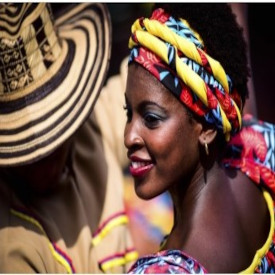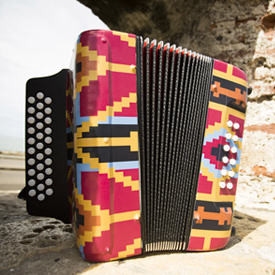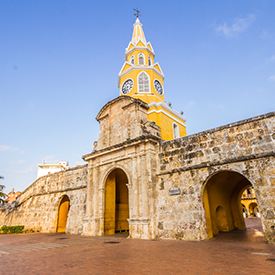San Andrés, Providencia and Santa Catalina, the department that invites you to immerse yourself among its waters and get to know its Raizal culture

Campaign-Feel the Rhythm
Credit: ProColombia
Although San Andrés, Providencia and Santa Catalina is the smallest department in Colombia, it consists of natural scenarios of great importance for the environment and a fascinating ethnic group such as the raizal, from which their customs, music, gastronomy and art are derived to a greater extent.
The department of San Andrés, Providencia and Santa Catalina is part of the Greater Colombian Caribbean. The region is lush in nature thanks to its perpetual snow, desert dunes, coral reefs and seven-colored seas. It is also the land of fascinating cultures such as the Raizales, Palenqueros, Indigenous and Afro-descendants.
Geograpy
It is one of the departments of the Greater Colombian Caribbean with the best geographical location, especially for trade since it is located near Costa Rica, the United States, Haiti, Honduras, Jamaica, Nicaragua, the Dominican Republic and Panama.
The department is made up of the islands of San Andrés, Providencia and Santa Catalina, it is the only one without continental territory. That is, this archipelago has cays, islets and islands that are located on the volcanic platform of the southwestern Caribbean, exactly 720 km northwest of the Colombian coast.
Destinations
One of the most striking aspects of the department is its tourist offer, because it is home to unique places such as Johnny Cay Beach, Old Point Mangrove National Park, Island House Museum, San Andrés Botanical Garden and Spratt Bight Beach. You can also live the experience of diving in the third largest barrier reef in the world.
In addition, you can also know more natural places such as the Hoyo Soplador, Cayo Acuario in San Andrés, La Piscinita, First Hispanic Baptist Church, Morgan Cave, San Andrés Mosque and try ecological horseback riding on the beach.
Highlighted quote: Johnny Cay is part of Blue Flags, a program led by the World Tourism Organization (WMO) and the United Nations Environment Program (UNEP) that grants ecolabels to beaches when they meet these requirements: having high quality in the waters; having a policy of information and environmental education; having implemented an environmental management plan and offering adequate infrastructures for the safety of visitors.
Root Culture
The raizales settled more than 400 years ago in San Andrés, Providencia and Santa Catalina. This ethnic group was formed from the fusion of African, European and Caribbean cultures, the most interesting thing about this culture is that from the beginning they had their own language (creolé), religion and customs.
It is worth mentioning that not all islanders are raizales, because being raizal is more than a denomination. Belonging to this community is pride and a sign of respect for their ancestors and their beliefs.
Featured: Learn about the culture of San Palenque de Basilio in the magazine of the department of Bolívar.
3 keys to understanding the Raizal
The department has three symbols of its culture: interaction, commerce and syncretism.
The interaction represents the encounter with the sea and the invitation to know it in depth. Trade is an icon that represents how it started the culture of trade and the stories around sea routes and pirate ships. Syncretism is the convergence of cultures that create a new one, the raizal.
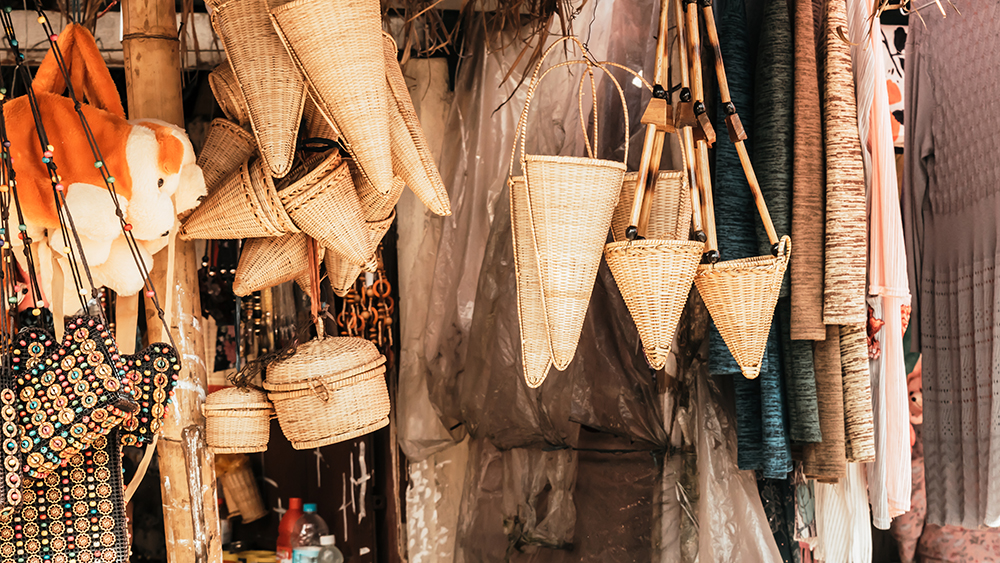
Photo caption: Raizales have a great relationship with the cultures of Jamaica and Barbados.
Gastronomy
The cuisine of the department is based on sea food such as lobster, shrimp, squid, crabs, fish, accompanied by a mixture of aromatic plants and spices inherited from the English such as cinnamon and cloves. It is also common to accompany meals with patacones, yams, cassava and prepare almost all dishes with coconut.
From this food base are derived traditional dishes such as fish balls, rondon (rundown), dumpling, stew boiled, crab soup.
Music and festivities
The traditional music of the department is based on English and African roots, which together with Caribbean culture have derived rhythms, musical genres and dances such as calypso, foxtrot, mazurka, mento, mode-up, island corridor, polka, reggae, soca, schotis, ska, island waltz, souk.
In addition to the above, the island also lives art and culture of which festivities are celebrated such as the International Ethnic Roots Theater Festival, Green Moon Festival, Reign of the Coconut, Crab Festival, Fish With Ties (gastronomic samples), Patron Saint Festivities, Seaflower Film Festival.
Finally, San Andrés y Providencia is the story of the important Raizal ethnic group and its struggle to preserve its culture. It is also the land of paradisiacal islands that invite anyone who knows them to immerse themselves in its crystal clear waters.
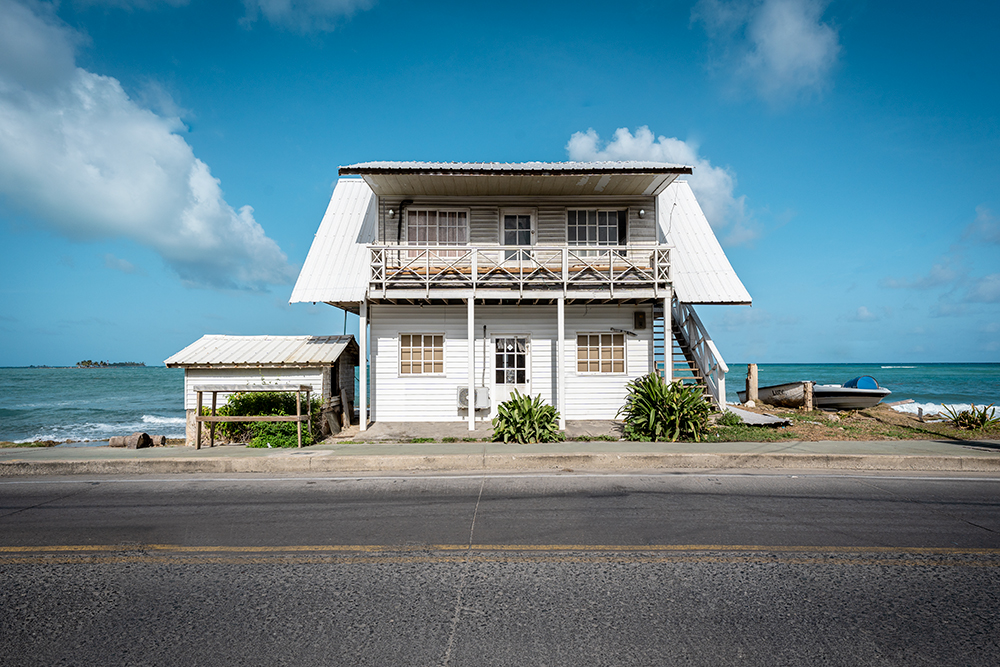
Capt: On the island it is common to find native inns on its coasts.




